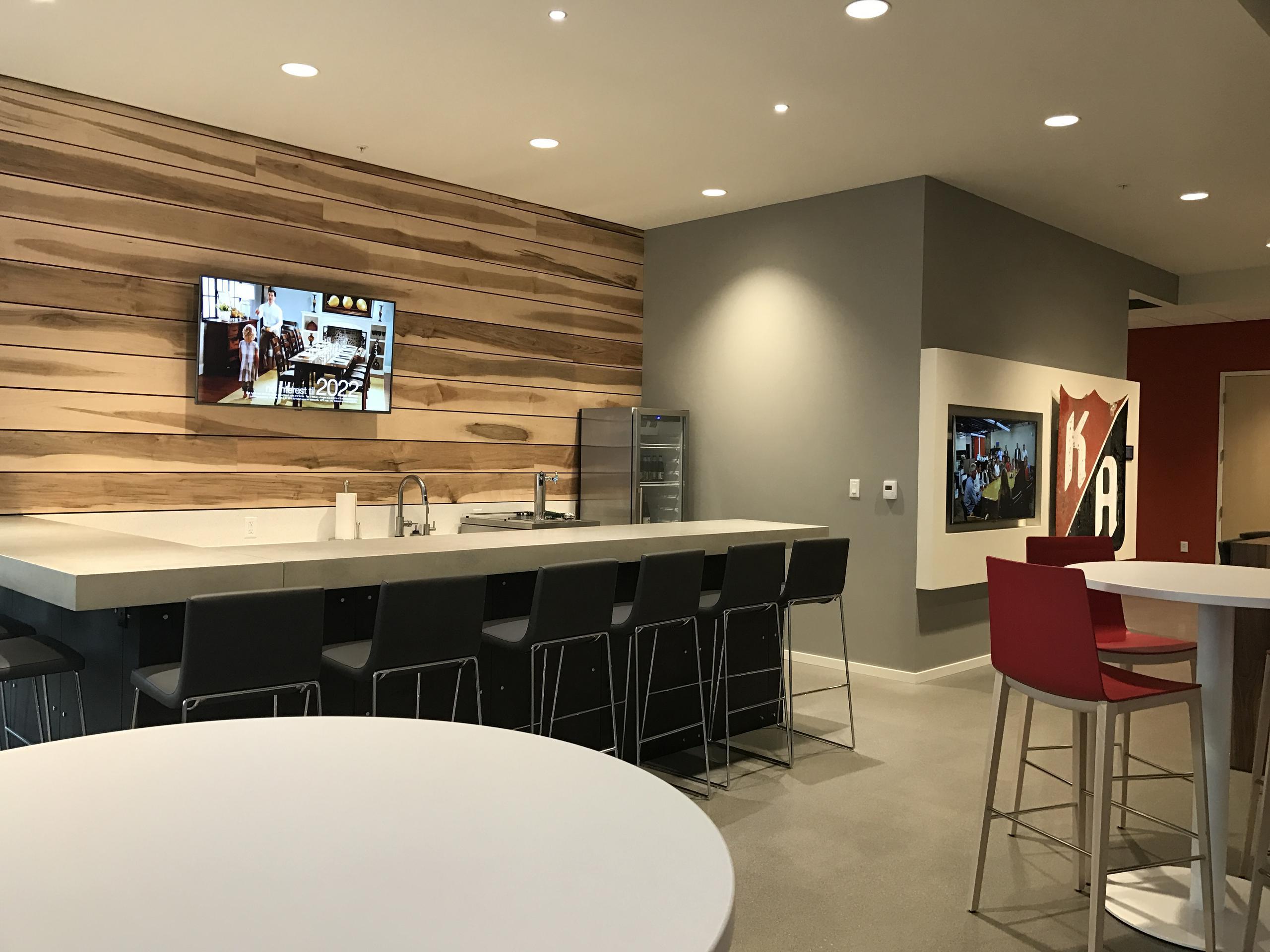Optimal Tactics for Positioning Surveillance CCTV to Enhance Monitoring Efficacy

Placing surveillance cameras effectively remains crucial to enhancing monitoring in different settings, such as residences, businesses, as well as public areas. The main goal of surveillance cameras remains to deter criminal activity and offering evidence during case of events. To achieve this, it is important to consider various factors, such as camera location, field of vision, and the particular areas that need monitoring. By comprehending these elements, people and organizations can develop a thorough surveillance plan that maximizes the efficacy of their security solutions.
One of the initial steps in placing security systems is to determine key locations that require surveillance. Vulnerable zones, including entrances, exit points, parking areas, and areas with high-value assets, should be given priority. It is crucial to consider areas not visible, which may be areas that may not be visible from certain perspectives. By mapping out these key areas, security staff can guarantee that every nook is observed, reducing the likelihood of criminal actions going unnoticed. Additionally, installing surveillance systems at strategic locations can help form a comprehensive perspective of the property, allowing for better total security monitoring.
The field of a surveillance system is another crucial factor to take into account. Various kinds of cameras provide different fields of vision, that can affect how many area is recorded in the footage. For example, broad-view systems can cover bigger areas, making them perfect for spacious areas, whereas PTZ cameras can be modified to focus on particular details. When placing surveillance systems, it is important to choose the right kind based on the location being monitored. This guarantees that the system can capture clear images and offer valuable information in the event of an incident.
Height and angle of installation also play a significant role in the effectiveness of surveillance systems. Surveillance systems should be mounted at a level that is out of reach of potential interference visit the site but also enables for unobstructed viewing of faces and other identifying details. A typical suggestion is install cameras at least 8 to 10 feet off the ground. Additionally, the angle at which the system remains set can impact its ability to record crucial information. Cameras should be angled to reduce glare and avoid blockages, guaranteeing that they can capture clear footage at any moments.
Finally, regular upkeep and improvements to the security camera is essential for sustained effectiveness. This includes inspecting system functionality, cleaning optics, as well as ensuring that software remains up to date. Regular evaluations of the monitoring strategy can help detect any additional areas not visible or areas that may need additional coverage. By remaining vigilant and making necessary changes, people and entities can improve their surveillance efficacy and guarantee that their security solutions remain to serve their designated function.